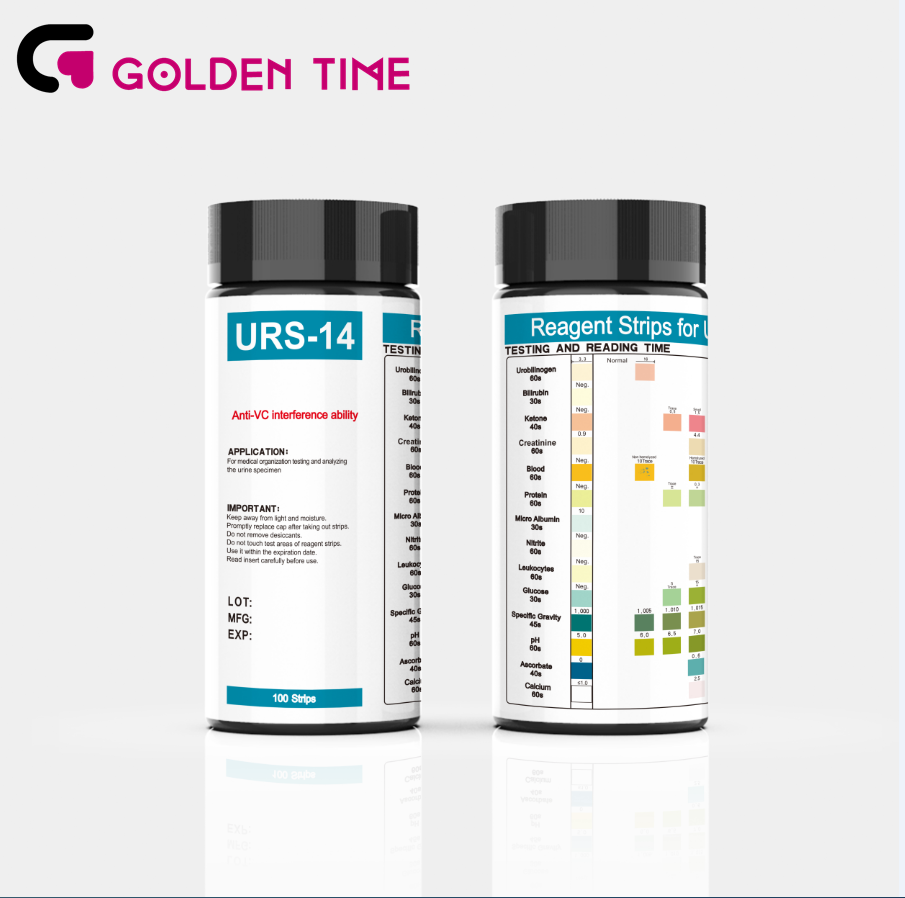Dec . 12, 2024 09:58 Back to list
helicobacter pylori test paper
Understanding the Helicobacter pylori Test A Comprehensive Overview
Helicobacter pylori (H. pylori) is a spiral-shaped bacterium that inhabits the stomach and is associated with various gastrointestinal disorders. Since its discovery in the early 1980s, H. pylori has been recognized as a major contributor to chronic gastritis, peptic ulcer disease, and even gastric cancer. The accurate diagnosis of H. pylori infection is crucial for effective treatment and management of these conditions. This article delves into the different methods used for testing H. pylori, their accuracy, and clinical implications.
Importance of H. pylori Testing
H. pylori infection often goes unnoticed due to the asymptomatic nature of many cases. However, it can lead to significant health issues if left untreated. Symptoms associated with H. pylori infection include abdominal pain, bloating, frequent belching, and nausea. In severe cases, it can result in peptic ulcers and increase the risk of gastric cancer. Therefore, early detection through testing is vital to mitigate these risks and initiate appropriate treatment, typically involving a combination of antibiotics and proton pump inhibitors.
Testing Methods for H. pylori
Several diagnostic tests are available to detect H. pylori infection, each with its own advantages and limitations. The primary testing methods include
1. Non-Invasive Tests - Urea Breath Test (UBT) This is a widely used non-invasive method that requires the patient to consume a solution containing urea labeled with a radioactive or non-radioactive isotope. If H. pylori is present, the bacterium will metabolize the urea, producing carbon dioxide that can be detected in the patient's breath. The UBT is known for its high sensitivity and specificity. - Serological Test This blood test detects antibodies against H. pylori. While it can indicate a past or present infection, it may not distinguish between active and resolved infections, which limits its clinical utility. - Stool Antigen Test This test identifies H. pylori antigens in stool samples. It is reliable for both initial diagnosis and post-treatment confirmation, making it a valuable tool in clinical practice.
2. Invasive Tests - Endoscopy with Biopsy In cases where there are alarming symptoms or complications, an upper gastrointestinal endoscopy might be performed. This allows for direct visualization of the gastric mucosa and the acquisition of biopsy samples for histological examination, culture, or molecular tests. While it is the gold standard for diagnosis, it is an invasive procedure that carries risks and is more expensive.
helicobacter pylori test paper

Accuracy and Reliability
The choice of testing method can significantly impact the accuracy of H. pylori diagnosis. Non-invasive tests, particularly the UBT and stool antigen tests, boast high sensitivity and specificity, making them suitable for most patients. However, serological tests are less reliable in some situations. Factors such as recent antibiotic use or prior eradication therapy can affect test outcomes, potentially leading to false-negative results.
Invasive methods, while more accurate in some cases, are typically reserved for patients with severe symptoms, potential complications, or when there is a need for biopsy. The sensitivity of endoscopic biopsy can vary depending on the location of the infection in the stomach, and if the biopsy is not taken from an infected area, it may yield false-negative results.
Clinical Implications of Testing
The treatment for H. pylori infection is critical, not just for alleviating symptoms but also for preventing long-term complications such as ulcers and gastric cancer. Once diagnosed, patients typically receive a regimen of antibiotics coupled with stomach acid-reducing medications that help in eradicating the bacterium.
Post-treatment testing is equally important to confirm successful eradication. The UBT and stool antigen tests are commonly recommended for this purpose, as they efficiently verify that the infection has been cleared.
Conclusion
The importance of H. pylori testing cannot be overstated, considering its association with serious gastrointestinal diseases. Healthcare providers must choose the appropriate testing method based on patient circumstances, ensuring accurate diagnosis and effective management. With advances in testing and treatment protocols, we can significantly improve patient outcomes and reduce the prevalence of H. pylori-related diseases. Awareness and understanding of H. pylori testing will empower patients to seek timely medical advice, promoting better health and well-being.
-
Malaria Pf Ag Rapid Test Kit - Quick & Accurate Detection
NewsAug.11,2025
-
Accurate Cardiac Marker CK-MB Rapid Test for Quick Results
NewsAug.10,2025
-
Premium Empty ABS Plastic Cassette for Test Strips
NewsAug.09,2025
-
Sterile Urine Cup: Accurate Specimen Collection for Labs & Home
NewsAug.08,2025
-
Malaria Pf/Pan Ag Rapid Test Kit for Fast, Accurate Diagnosis
NewsAug.07,2025
-
Rapid Canine Corona Test: Fast & Accurate Results
NewsAug.06,2025

